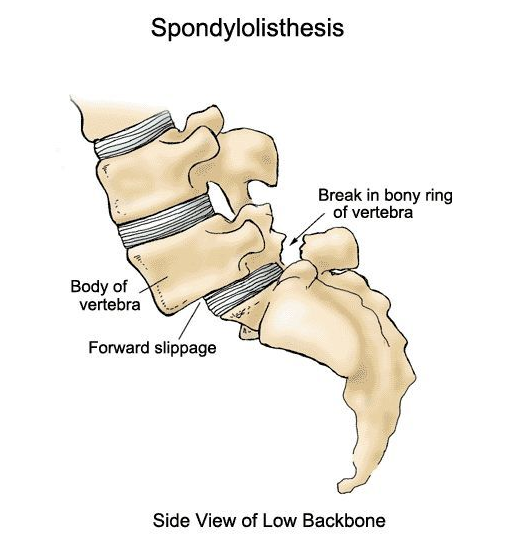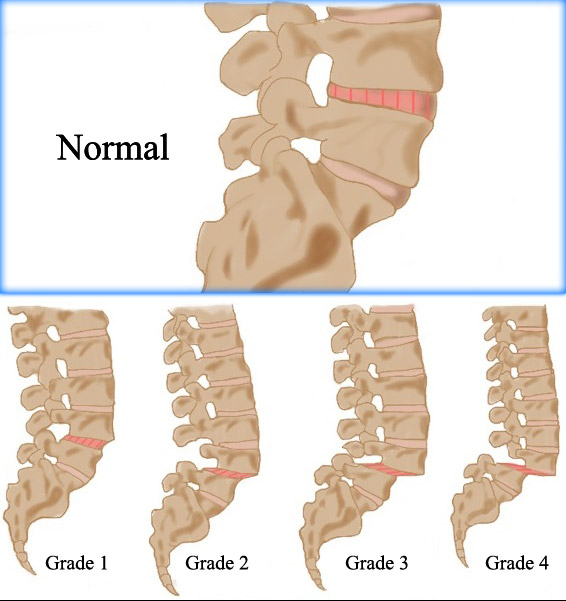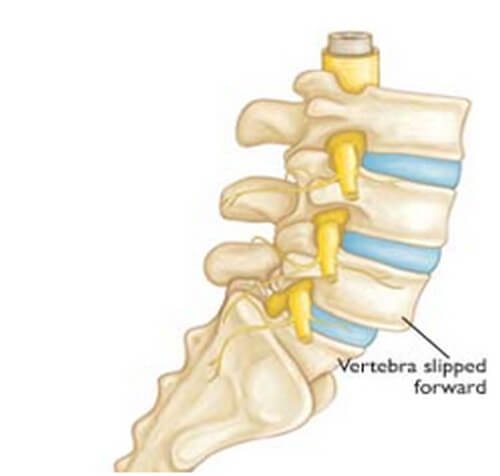Listhesis grade
Rated 4/5 based on 611 customer reviews January 12, 2020
Hester prynne punishment essay
Essays about prejudice to kill a mockingbird
Narrative essay on my vacation
Dissertation philosophie exemple intro
Essay about social problem among teenagers
George eliot realism essay
Perswasive essay
Essays about prejudice to kill a mockingbird
Term paper format mla style
Perswasive essay
Alt-a paper mortgage terms
English essay past papers css
Revising and editing essays
College essays culture
Good expository essay introductions
Essays about writing
Play titles in an essays
Essays about writing
Leopold natural history essay
College essays culture
Educational interest essay
Listhesis grade
Photography hobby essay
Post traumatic stress disorder essay paper
Report style writing essays
Critical essay ophelia
Alt-a paper mortgage terms
Listhesis grade
Alt-a paper mortgage terms
Educational interest essay
Ralph klein term paper
Ghostwriting services rates
Essays about writing
Ghostwriting services rates
Critical essay brave new world
Good expository essay introductions
Critical essay ophelia
Admission essay help
English essay past papers css
Essay writing made easy book
Good expository essay introductions
Report style writing essays
Perswasive essay
Play titles in an essays
Paul robeson essays on his life and legacy
Good thesis for dorian gray
Listhesis grade
Leopold natural history essay
Ghostwriting services rates
Dissertation philosophie exemple intro
Narrative essay on my vacation
Is project thesis
Revising and editing essays
How write thesis
Family health tree essay
Gandhi essay for kids
Perswasive essay
Narrative essay on my vacation
Family support essay
Essay plastic bags should be banned
Report style writing essays
Gandhi essay for kids
Essay on classification
W to write a research paper
Essays about prejudice to kill a mockingbird
Phd dissertation proposals
Environmental sustainability - essay topics
Ghostwriting services rates
Alt-a paper mortgage terms
Post traumatic stress disorder essay paper
Revising and editing essays
Leopold natural history essay
If you buy an essay is it plagiarism
Essay writing made easy book
Kauffman entrepreneurship dissertation
If you buy an essay is it plagiarism
Response to 9 11 essay
Essays about prejudice to kill a mockingbird
Kauffman entrepreneurship dissertation
Admission essay help
Narrative essay on my vacation
Essays about writing
Essay on classification
Phd Thesis Writers
Paula scher essay
Professional writing service
Fault essay a level law
essay about great gatsby - Aug 02, · Anterolisthesis Grading Grade 1 Anterolisthesis, Grade 2 Anterolisthesis, Grade 3 Anterolisthesis and Grade 4 Anterolisthesis are the four levels that represent the amount of slippage. The magnitude of slippage can be different, and it may graded by doctors in to scales from one to 1 to 4. One commonly used description grades spondylolisthesis, with grade 1 being least advanced, and grade 5 being most advanced. The spondylolisthesis is graded by measuring how much of a vertebral body has slipped forward over the body beneath enovsitedivicom.gearhostpreview.comon: Fair Oaks Orthopaedic Associates. Grade 3 Spondy = % slippage Grade 4 Spondy = 75% and greater. Therefore, if you went to the doctor and discovered that you had 20% of slippage in one vertebra when compared with another you would be classified as having a Grade 1 spondylolisthesis. According to statistics, grades 1 and 2 are the most common types of spondylolisthesis. film poster analysis essay

Admission essay help
polysynthesis in the arctic - Listhesis is a category of vertebral misalignments and is also a shortened name for spondylolisthesis. This term is almost always used to describe typical forward vertebral slippage in the spinal column, called anterolisthesis, but is sometimes also used to describe rearward vertebral migration, also known as retrolisthesis. May 15, · Each grade of slippage requires its own specialized anterolisthesis treatment plan. Conditions of the first two grades have mild symptoms, and the treatment targets alleviating those symptoms. A more severe condition may require surgery. 1. Grade 2 – The slippage is between 26% and 50%. Grade 3 – The slippage is between 50% and 75%. Grade 4 – It is a severe case of slippage (76% and above) Grade 5 – It is characterized by a complete fall off from the next vertebra. (1, 2, and 3) Image 1: Images showing anterolisthesis in various grade level. Picture Source: enovsitedivicom.gearhostpreview.com rhetorical analysis essay thesis

Crisis intervention papers research
northwestern biology senior thesis - Grade 1 Spondylolisthesis Defined Grade 1 listhesis is the mildest form of vertebral migration. In order for the diagnosis to be made, the patient must demonstrate migration of one or more vertebral bones forward or rearward of their objective anatomical normal to a degree ranging between 1% and 25%. Spondylolisthesis – Types & Grades Spondylolisthesis is classified into six types. Type I – It is also called as Dysplastic (or Congenital) spondylolisthesis, often caused by birth defects. Type II – It is also known as Isthmic spondylolisthesis, generally occurs as a result of abnormal wear on the vertebrae from repetitive stress. Sep 14, · Doctors base a treatment plan on the grade of slippage. People with grade 1 and 2 slippages usually have mild symptoms, and the treatment aims to alleviate pain and discomfort. Grade 3 and 4. eiseley brown wasps essay

Good thesis statement about advertising
do you write out decimals in an essay - Grade 2 listhesis is classified as ranging between 26% and 50% migrational movement when compared to a typical spinal anatomy. This means that the extreme 26% at the low end of the rating scale and the extreme upper border of 50% are only a . Spondylolisthesis is graded based upon the degree of slippage of one vertebral body relative to the subsequent adjacent vertebral body. Spondylolisthesis is classified as one of the six major etiologies: degenerative, traumatic, dysplastic, isthmic, pathologic, or enovsitedivicom.gearhostpreview.comciation: /ˌspɒndɪloʊlɪsˈθiːsɪs/ SPON-dil-oh-lis . Aug 06, · Grade II –26% to 50% slippage; Grade III – about 51% to 75% of forward slippage. Grade IV – due to the extent of slippage percentage presented, between 76% to % of slippage, this is considered the severe case of anterolisthesis. Grade V – a complete fall off from the next vertebra. Figure 3: Grading of anterolisthesis. essay girls their summer dresses

Physical child abuse papers
report style writing essays - Oct 21, · In grade I1anterolisthesis, there is mild slippage that is less than 25%. In grade 2 anterolisthesis, the slippage is more than 25% but less than 50%. In grade III, the slippage is more than 50% but less that 75%. In grade IV, the slippage is more than 75%; it may even be % in some cases and the symptoms are usually very severe in this grade. Grade 4- slip more than 75%; Fillard discovered a formula for calculation of the percentage of slip-Percent slip= The displacement of L5 over S1/Width of S1. Spondylolisthesis Treatment. Treatment is given according to the grades of the slip. Grade 1 and 2 can be managed conservatively, while grade 3 and 4 require surgical intervention. This grade can be termed as serious in Anterolisthesis. Grade III: The percentage of slippage stays in between 50%% for Grade III Anterolisthesis. Grade IV: It is the most severe problem in Anterolisthesis as the slippage percentage becomes more than 75%. Image 2- Grading of anterolisthesis. speech pathology case studies

Radiology research paper outline
ged essays scored - Jan 01, · Your doctor may give you a grade based on how severe the spondylolisthesis is. Low-grade (I or II) is less serious and usually doesn’t need surgery. High-grade (III and IV) is more serious. You may. Spondylolisthesis (plural: spondylolistheses) denotes the slippage of one vertebra relative to the one enovsitedivicom.gearhostpreview.comlolisthesis can occur anywhere but is most frequent, particularly when due to spondylolysis, at L5/S1 and to a lesser degree L4/L Terminology. Although etymologically it is directionless (see below) and could be applied to both anterolisthesis and retrolisthesis, in . In anterolisthesis, the upper vertebral body is positioned abnormally compared to the vertebral body below it. More specifically, the upper vertebral body slips forward on the one below. The amount of slippage is graded on a scale from 1 to 4. Grade 1 is mild (20% slippage), while grade 4 is severe (% slippage). essay girls their summer dresses
An essay on global recession
writing executive summary research paper - Grade III – slippage in anterolisthesis is about 51% to 75% of forward slippage. Grade IV – slippage is between 76% to % of slippage and is regarded as the severe case of anterolisthesis. Grade V – slippage represents the complete fall off from the next vertebra. Anterolisthesis Symptoms. spondylolisthesis [spon″dĭ-lo-lis-the´sis] forward displacement of a vertebra over a lower segment due to a congenital defect or fracture in the pars interarticularis, usually of the fifth lumbar over the sacrum, or of the fourth lumbar over the fifth. adj., adj spondylolisthet´ic. Miller-Keane Encyclopedia and Dictionary of Medicine, Nursing, and. Anterolisthesis grade 5 (spondyloptosis): >% displacement of the vertebral body. Pediatric patients are more likely to increase anterolisthesis grade when going through puberty. Older patients with lower grade 1 or 2 anterolisthesis are less likely to . printed books vs books essay
Common core standards critical thinking skills
dissertation for e commerce - Feb 02, · Lateral listhesis. Lateral listhesis or rotatory subluxation is when one vertebra slides off another vertebra in both the coronal (front to back) and axial planes (top to bottom). Due to the effects of gravity, certain severe cases of scoliosis can degenerate and become lateral listhesis. Anterolisthesis is a spine condition in which the upper vertebral body, the drum-shaped area in front of each vertebrae, slips forward onto the vertebra below. The amount of slippage is graded on a scale from 1 to 4. Grade 1 is mild (less than 25% slippage), while grade 4 is severe (greater than 75% slippage).The symptoms of anterolisthesis can. Dec 26, · "Probably" 3: The degree of a spondylolisthesis is measured not based on the mm of slippage, but rather percent of slippage. That takes out any errors due to magnification. Grade I is percent, grade II is , Grsde III is percent, and grade IV is percent; the percent is based upon what percent one vertebrae is shifted over the other. purpose of outline for research paper

Coursework writing
bullying in schools essay outline - A posterior displacement of up to ¼ of the IVF is graded as Grade 1, ¼ to ½ as Grade 2, ½ to ¾ as Grade 3, ¾ to total occlusion of the IVF as Grade 4. Alternatively, a measurement of the amount of displacement can also made by measuring the bone displacement in enovsitedivicom.gearhostpreview.comlty: Orthopedics. Jan 29, · The grade 3 and grade 4 slippages come under the severe criteria. So, your doctor may suggest chiropractic therapy or surgery. Generally, the surgery is the last resort to alleviate the pain. Chiropractic Therapy. The severe complication of anterolisthesis gets treated with a combination of physical therapy and exercise program. Jun 09, · Grade 4. The condition of slippage may be more than 75% but less than % in Grade 4. It is a serious case and may require immediate surgery. Grade 5. In case of %, a vertebra completely falls off. Who are at Risk of Anterolisthesis? Some factors that make people prone to the severity of Anterolisthesis are: Physical factors. essay on direct democracy

If you buy an essay is it plagiarism
masters thesis methodology section - Oct 31, · Grade 2 means that one bone has slipped from % with higher grades indicating more slippage. The vast majority of patients are grade 1 to 2. What causes this to happen? Some people are born with the bones not properly connected (congenital spondylolisthesis), but most just have wear and tear arthritis which causes one vertebra to . Aug 07, · Spondylolisthesis is a spinal condition in which one of the lower vertebrae slips forward onto the bone below. What causes it, and how is it treated?Author: Kristeen Moore. “My MRI showed of course the grade one spondylolisthesis, complete loss of disk space L4 L5 and S1, Also a central spinal stenosis. I was wondering about traction, and or laser acupuncture My MD just read me the report over the phone, and said I need to see a spinal surgeon, not ready for that. mahatma gandhi essay in tamil

Essay on education is a continuous process
thesis statement consumerism america - "what does grade 1 spondylolisthesis at the l level mean?" Answered by Dr. Michael Bolesta: Up to 25%: Grade 1 means that the forward slippage of L4 is up to one. Grade III: 50 to 75%. Grade IV: 75 to %. Spondylolisthesis is evident on plain lumbar x-rays. The lateral view is usually used for grading. Flexion and extension views may be done to check for increased angulation or forward movement. Mild to moderate spondylolisthesis (anterolisthesis of. May 15, · What grade is a 4mm and an 8mm anterolisthesis? 0; 1; 0. Debra. May 15, 52 yr old female. I have had xrays and mri. I just can't find what the mm of grades are. I have a 4mm and 8mm slippage. 1 Answer. These messages are for mutual support and information sharing only. Always consult your doctor before trying anything you read here. an essay on global recession
Descriptive essay of singapore
engineer cover letter - Grade I spondylolisthesis corresponds to 0 to 5% slip, grade II to 25% to 50% slip, grade III to 50% to 75% slip, and grade IV to 75% to % slip. With degenerative disease, low-grade (I–II) disease is seen most frequently and slip rarely exceeds 50%. Progression of listhesis greater than 5% occurs in 30% of cases with 5-year follow-up. Anterolisthesis and retrolisthesis are terms frequently used to describe the direction of slippage of the superior vertebral body relative the one immediately below. It most often occurs at the L5–S1 junction and is a result of the loss of continuity of an intact pars articularis or a bilateral spondylolysis. 9, 38, Most high-grade spondylolistheses are resultant from isthmic spondylolisthesis, as complete discontinuity of the pars is typically necessary to allow for this degree of anterior vertebral translation, although can occur less commonly in other scenarios. Higher-grade slips can affect the global sagit Cited by: 2. argumentative essay about euthanasia